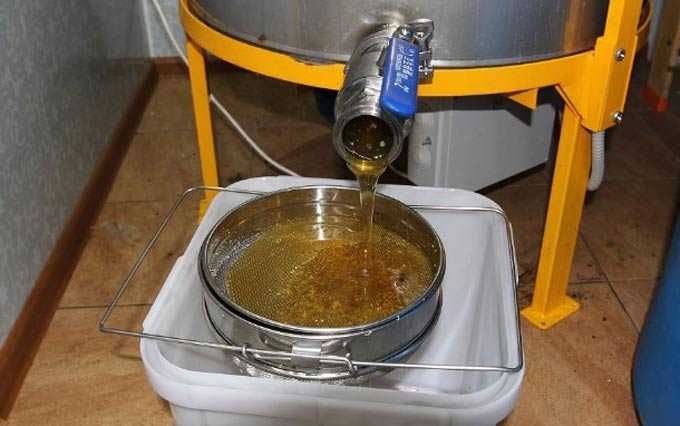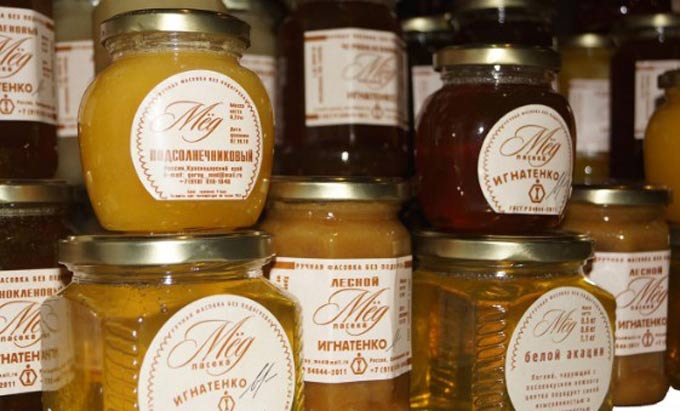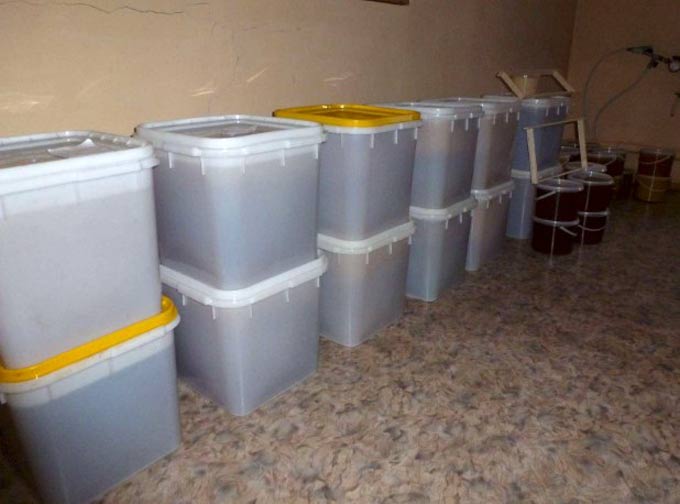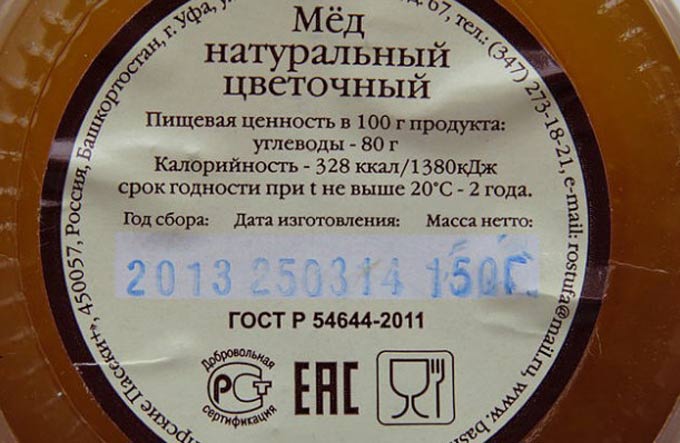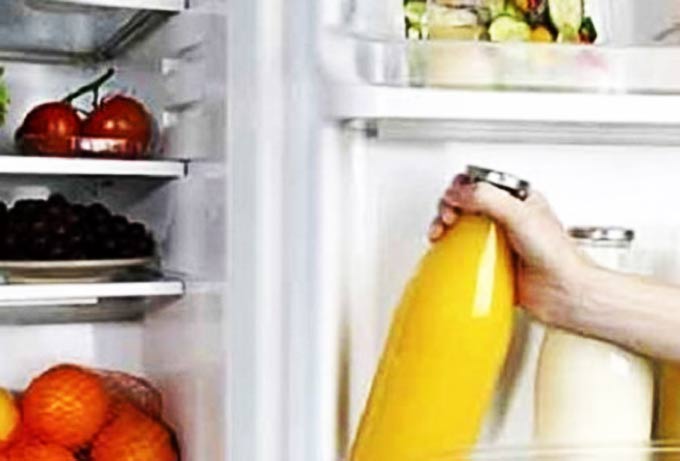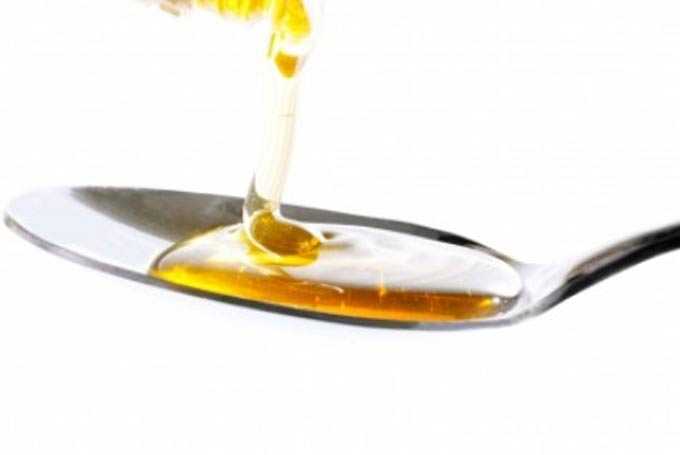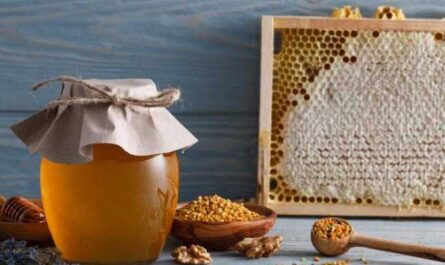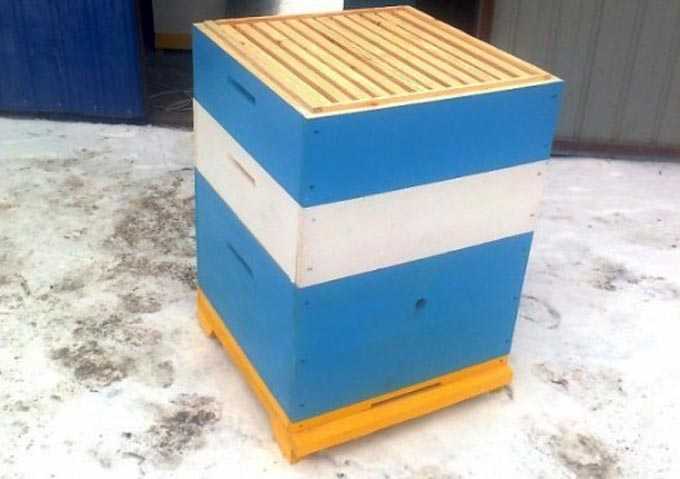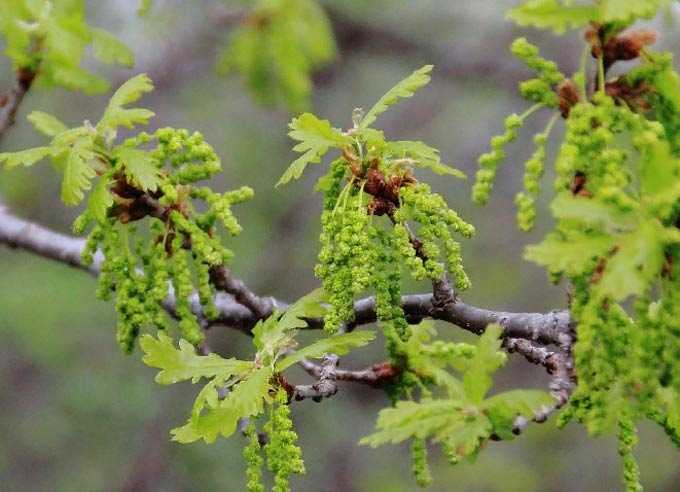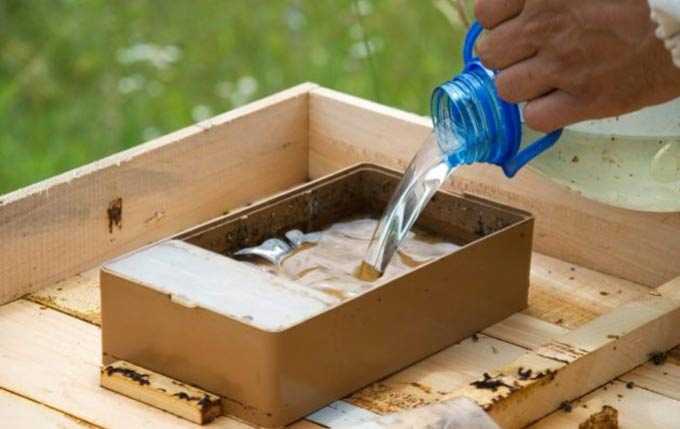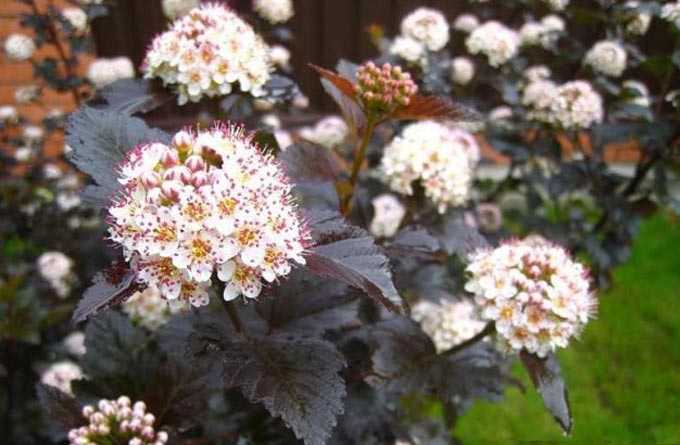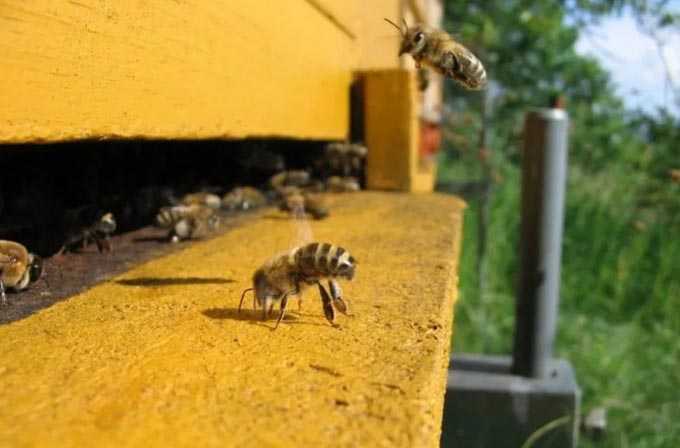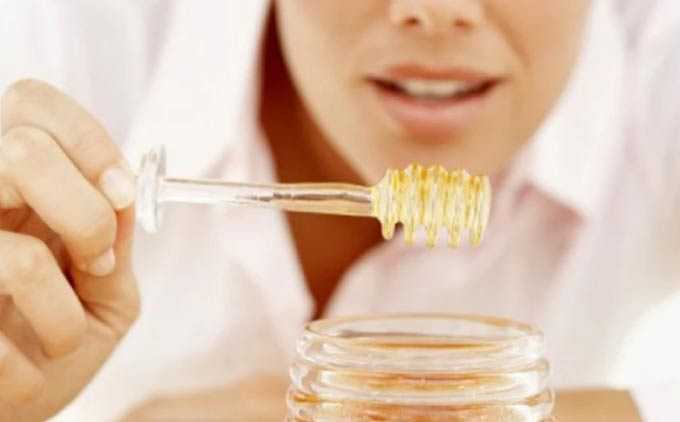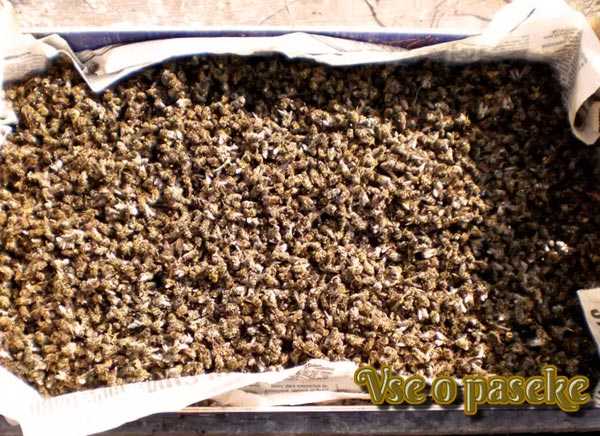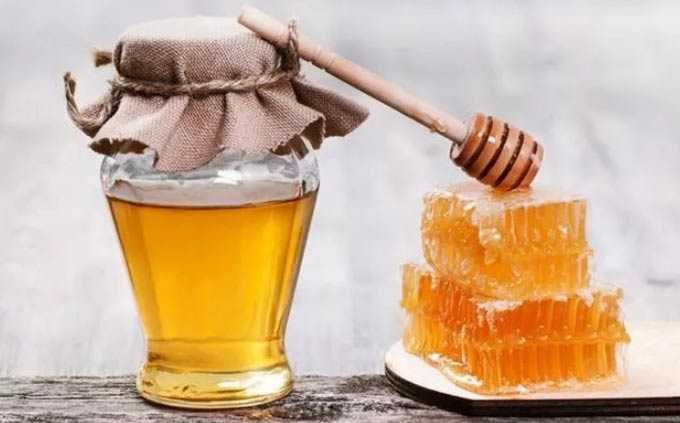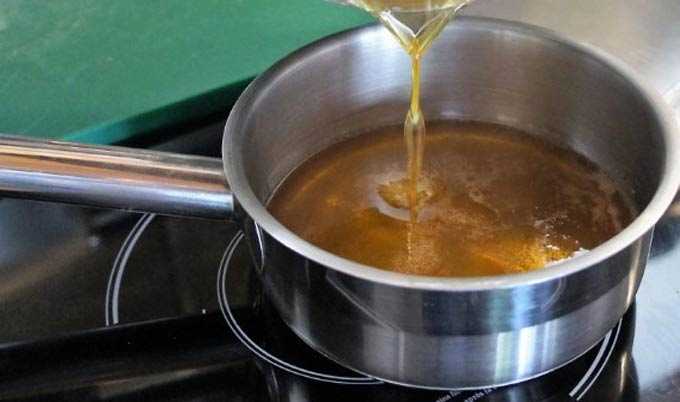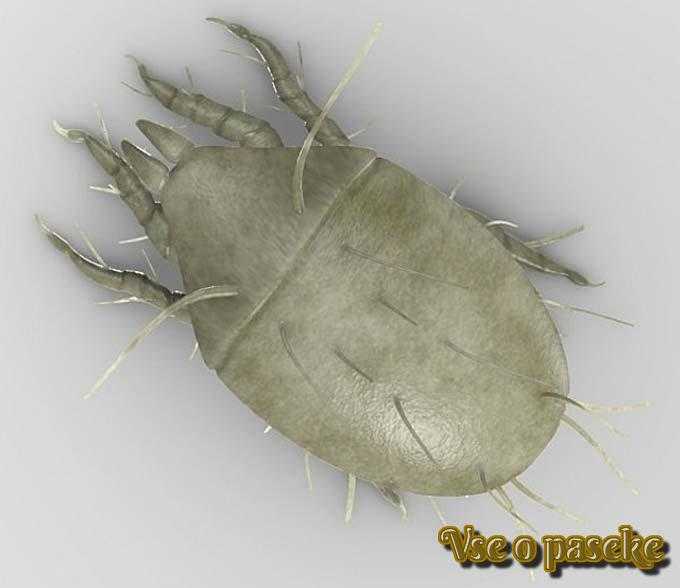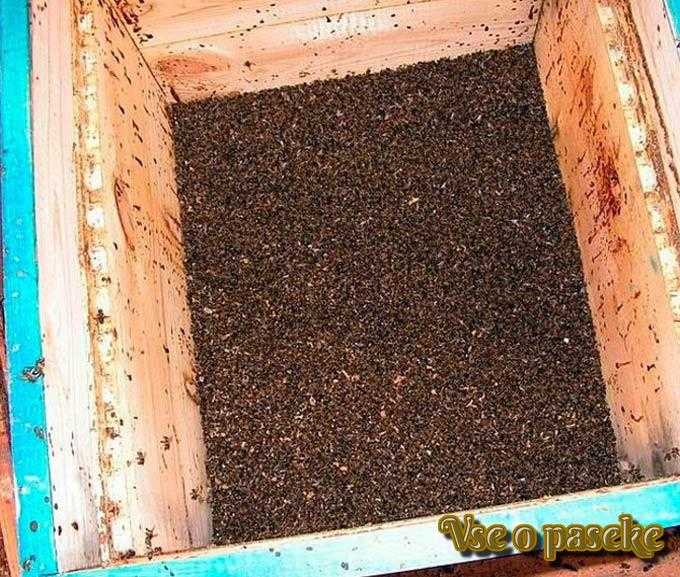The shelf life of natural honey largely depends on the degree of its maturity, as well as storage conditions. In addition, the requirements of GOST differ slightly from the preservation in practice of this bee product in a form that is quite suitable for consumption. We are not talking about commercial samples, of course, but about the honey that beekeepers keep for themselves and their families and relatives.
The content of the article
- 1 How bees prepare honey for storage
- 2 When can you start pumping out of the honeycomb
- 2.1 Signs and consequences of immaturity
- 3 Storage space requirements
- 4 Packaging requirements
- 5 Illumination requirements
- 6 About expiration dates
- 7 Cold storage
- 8 Note
How bees prepare honey for storage
Nature provides that bees work not only to collect and deliver nectar, but also to process it in hives. These responsibilities are divided among the different members of the bee colony.
The gatherers suck flower nectar into a special goiter with the help of proboscis. After arriving at the hive, everything collected (about 30-40 mg) is transferred to the receptionists. Those, in turn, put nectar in the honey ventricle-goiter, where the bribe is kept for some time. Then the nectar is deposited drop by drop in wax cells prepared by treatment with propolis.
The movement between the cells is carried out by other worker bees until the honey becomes thicker. For additional ventilation of the ripening nectar and evaporation of excess moisture from it, insects use their wings to provide an increased flow of air.
The feed stock ready for storage is poured into the honeycomb to the top and printed with wax caps. This is a kind of signal for the beekeeper, indicating the possibility of pumping out the finished (mature) bee product.
Thus, the main “production line” is the bees themselves, or rather their honey goiter. The cells of this organ partially absorb water, enrich the nectar with proteins, organic acids, and enzymes. And the saliva secreted during absorption by the proboscis or deposition of nectar affects sucrose – it is split into fruit and grape sugar (inverted sugar is formed).
When can you start pumping out of the honeycomb
Ideally, honey is matured in combs, completely sealed – 100%. But in practice, such frames are rarely extracted for pumping out, especially with strong bribes. During these periods, timely installation of empty cells is required. Otherwise, the bee colonies will have nowhere to store the newly brought nectar and pollen.
If 50 to 70% of the cells are sealed, the honey is considered sufficiently ripe – it can be pumped out and stored in a clean container.
Signs and consequences of immaturity
Can natural honey ferment? Yes maybe. If he:
- a) was originally placed immature for storage;
- b) can be stored for a long time at high (more than 60%) humidity and temperatures above +10 degrees.
The product extracted from unsealed cells contains a lot of water (more than 21%) and unsplit sucrose – its quality is noticeably lower. It is not suitable for long-term storage, as it is quickly exposed to yeast fungi – it begins to ferment and turn sour. Moreover, fermentation begins at an ambient temperature above +11 degrees.
The high content of carbohydrates in fully ripened honey prevents the growth of microorganisms, which excludes fermentation during storage.
Sometimes, instead of fermentation, the bee product splits into two components: a crystallized mass that settles at the bottom of the vessel, and syrup concentrated in the upper part of the container.
This sign also indicates immaturity – increased moisture content. You cannot store such a product. And its taste, as well as its presentation, will be low.
Storage space requirements
When storing it, it is important to take into account that both excessive dryness of the pantry or other room chosen for placing containers and high humidity are harmful to honey. You also need to exclude freezing – low temperatures have a bad effect on the medicinal characteristics of the bee product. And freezing does not make any sense.
The optimum humidity in the room is about 60%. It allows you to establish a balance between ripe (containing 14-18% moisture) honey and the environment.
With an increase in air humidity the upper layers of stored honey begin to absorb water – liquefaction occurs. Such conditions provoke the development of yeast and other microflora. Souring begins.
Reducing air humidity dries honey – it loses moisture and thickens a lot. Of course, such a state, unlike an excess of moisture, is not dangerous. But removing the product from the container will be problematic.
Packaging requirements
Rule number one – wash it clean!
A film made of aged honey remains on the containers used last season. Failure to rinse and then dry thoroughly before pouring in fresh product increases the risk of fermentation.
But even if the yeast does not multiply intensively, the taste and smell of honey will undergo unpleasant changes for the consumer.
Rule number two – the right choice of container material.
Containers are not suitable for storage:
- made of copper;
- from ferrous metal;
- made of galvanized iron.
Metal promotes oxidation with the formation of substances toxic to humans! If a metal container is used, one must be covered from the inside with enamel without the slightest damage and chips on the surface of the protective layer.
The best storage choices are:
- glass;
- clay;
- natural wood (linden, aspen, pine needles);
- food grade plastic.
Wood has been used by our beekeepers since ancient times. Special barrels and boxes were made from it.
The most popular and environmentally friendly are hollowed out linden trunks. The so-called “lipovka” were made of them. The capacity of this container depends on the diameter and size of the harvested linden trunk. A small lipovka can hold from 20 to 40, and a large one – up to 100 kilograms of honey. In a large container, the bee product can mature in a pantry. It is kept in it.
Photo of Batman
A practical version of a linden container with a capacity of 0,3 to 7 kilograms – batman. From the inside, it is treated with wax, from the outside with varnish. There are small round and multifaceted barrels, buckets, tubs, chilyaks in the markets. They are also suitable for bulk products, caviar, oil. The art of making all of the above containers also came to us from Ancient Russia.
Barrels and boxes made of oak, aspen, coniferous wood require preliminary washing with hot soda solution. After drying, honey is poured into them.
True, during long-term storage of the bee product, the oak negatively affects its color – a noticeable darkening occurs. Therefore, oak barrels are rarely used in our time.
The most modern containers are made of plastic (notorious cuboteiners, flasks).
Rule number three – container tightness!
Honey absorbs foreign odors, which changes its natural aroma. It is easy to protect yourself from this trouble. It is enough to seal the container tightly.
Of course, the storage room must also be clean and odor-free!
Illumination requirements
Ultraviolet rays of direct sunlight negatively affect the chemical composition of the bee product – some of its healing properties are lost.
Also, bright lighting (not direct sunlight) degrades the color qualities of the product – it darkens.
The pantry should be completely dark, especially when stored in glass containers!
About expiration dates
According to old GOSTs, the shelf life of natural honey at room temperature after opening a tightly sealed container is about 8-12 months. Later this period was increased to two years. To determine the exact shelf life, you must check the label on the container.
When buying at an apiary, there will be no such label, but you should focus on the same months (and the honesty of the beekeeper who sold the product).
The optimal temperature regime is the indicator in the pantry from +5 to +10 degrees. In such conditions, honey will not lose either its taste or medicinal qualities within 2-3 years.
Of course, this period is longer than indicated in the GOST. But, as practice shows, high-quality honey, indeed, perfectly retains all its characteristics for such a long time, provided that all requirements are met – temperature, humidity, illumination, cleanliness and quality of the container, and its correct clogging.
Archaeological excavations indicate storage for centuries and even millennia. True, ancient honey was sealed in sealed clay vessels or was placed directly in sealed honeycombs, where propolis, a natural antiseptic, is present. That is, the shelf life of natural honey is practically unlimited in time!
Of course, we do not recommend eating “fossil artifacts”. Most beekeepers advise buying honey annually, but in small quantities. In this case, the freshest seasonal products will always be on the table – healing and very useful for the human body.
Cold storage
Technically, the temperature of an ordinary refrigerating chamber corresponds to the norm of + 5 … + 10 degrees. Under these conditions, the bee product will be sugared on time and will be stored for up to 2-3 years.
But at the same time, it is almost impossible to protect yourself from excess moisture in the refrigerator. Condensation is harmful to many foods. Honey is no exception.
If the container is completely sealed, problems with excess moisture will be solved. However, they will not store in the refrigerator, for example, a glass jar sealed with a metal lid for preservation. The whole point of using a refrigerator is to always have the product at hand. Inevitably, a plastic lid is used that does not fit so tightly to the jar.
Consequently, the risk of honey spoilage in the refrigerator is present, although minimized due to the low temperatures. In any case, it should not be kept here longer than 8-12 months.
Note
During storage, any honey undergoes crystallization processes.
If the temperature in the pantry is lowered to + 5 … + 10, the bee product will be sugared in 1,5-2 months. This is the “work of glucose” found in honey. First, it thickens and becomes cloudy, and then a crystalline structure appears – sugar grains are formed or a fat-like or oily mass is formed, depending on the variety.
Read more: Crystallization (Sugaring) of Natural Bee Honey
Do not heat the thickened mass over an open fire! It is allowed to place containers in a steam bath heated to 48-50 degrees. In this case, all enzymes, vitamins and protein compounds will be preserved.
